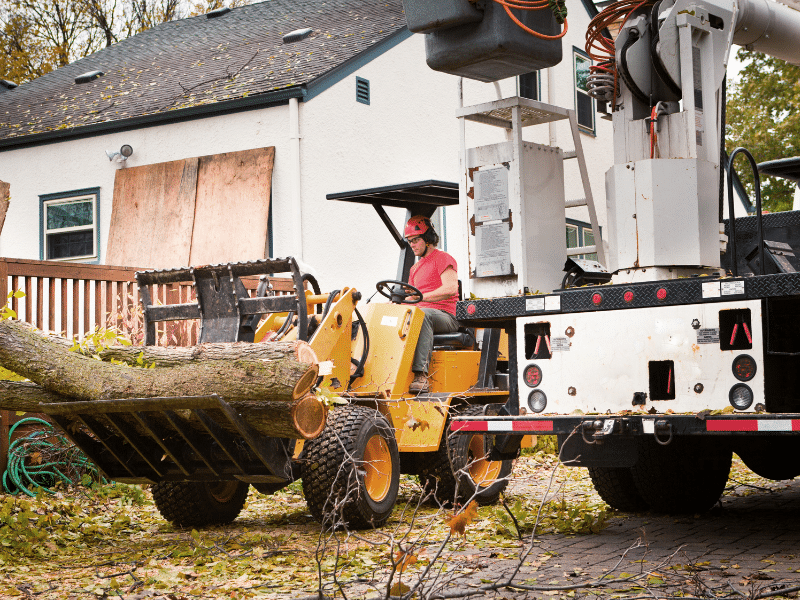When it comes to tree removal, the choice of season plays a pivotal role in ensuring a successful and efficient process. Tree removal in fall offers unique advantages and considerations that make it the ideal season for this task. In this comprehensive guide, we’ll explore the numerous benefits of choosing fall for tree removal while addressing important considerations that can impact your decision.
Optimal Weather Conditions for Tree Removal in Fall
Fall offers a Goldilocks scenario for tree removal. The weather is typically not too hot, like in summer, nor too cold, like in winter. This mild climate creates the perfect conditions for both the tree removal professionals and your property. The comfortable temperatures make it easier for workers to complete the job efficiently without the risk of heat exhaustion.
Reduced Risk of Pest Infestation
As the temperatures drop in the fall, many pests and insects become less active. This is advantageous for tree removal because it reduces the risk of pests infesting nearby trees after removal. Insect activity is diminished, and the chance of infestations harming other trees on your property is significantly lower.
Discouraging Tree Diseases from Spreading
If a tree on your property is infected with a disease, removing it in the fall can help prevent the disease from spreading to healthy trees. Tree diseases often spread through moisture, and fall’s drier conditions reduce the risk of contagion. By acting in the fall, you protect the overall health of your landscape.
Enhanced Visibility of the Property
As trees shed their leaves in the fall, it becomes easier to assess the condition of your trees and plan for removal. This increased visibility allows tree removal professionals to identify potential issues and hazards more easily. You can make informed decisions about which trees to remove, enhancing the safety and aesthetics of your property.
Seasonal Discounts and Availability
Fall is typically considered the off-season for many tree removal companies, as it’s a time when demand is lower. This can work to your advantage in terms of cost. Many companies offer seasonal discounts or flexible scheduling, making fall a budget-friendly time for tree removal projects.
Compliance with Local Regulations
In some regions, there are specific regulations governing tree removal, especially if the trees are in close proximity to neighboring properties or public areas. Fall can be a more convenient season to obtain the necessary permits and permissions, as it’s often less busy at local regulatory offices.
Considerations for Fall Tree Removal
While fall offers many advantages for tree removal, it’s essential to consider some potential challenges and precautions:
Leaf Disposal
Dealing with fallen leaves during tree removal can be a bit of a hassle, but it’s a small trade-off for the benefits of the season. Make sure to discuss leaf disposal with your chosen tree removal service.
Timing
Early fall is generally the best time for tree removal, as it avoids the unpredictable weather and freezing temperatures that can complicate the process later in the season.
Tree Species
Different tree species have varying dormancy periods. Consult with an arborist to ensure that the timing aligns with the specific needs of the tree you intend to remove.
Safety First
Be aware of shorter daylight hours in the fall. Ensure that tree removal work is conducted during the daylight hours to maintain safety for workers and property.
In conclusion, tree removal in fall offers a range of benefits, including optimal weather conditions, reduced pest infestation risks, and enhanced property visibility. Additionally, the potential for seasonal discounts and ease of compliance with local regulations make fall an ideal time for tree removal. By considering the seasonal advantages and potential challenges, you can make an informed decision for a successful tree removal project. Don’t hesitate to contact our professional tree removal team to discuss your specific needs and take advantage of the benefits that fall provides.

